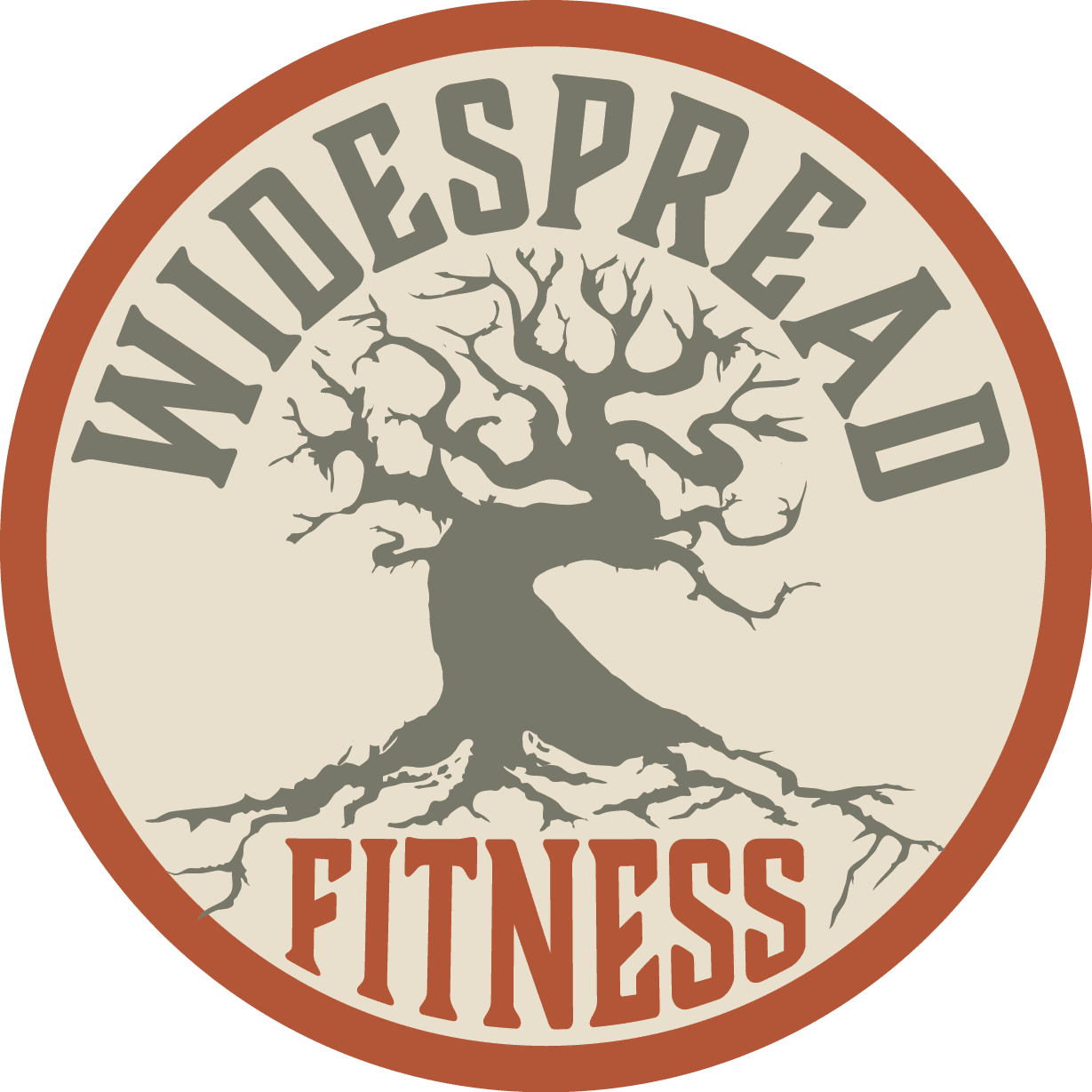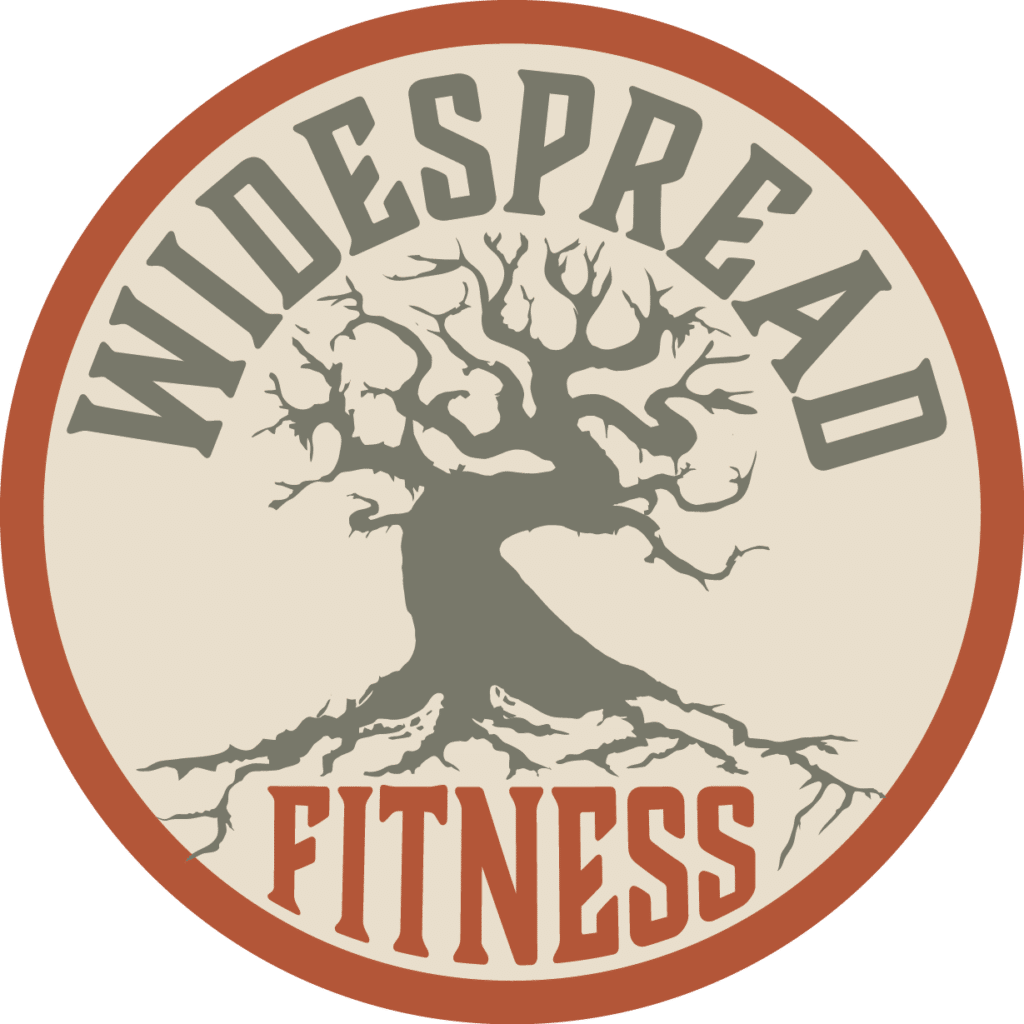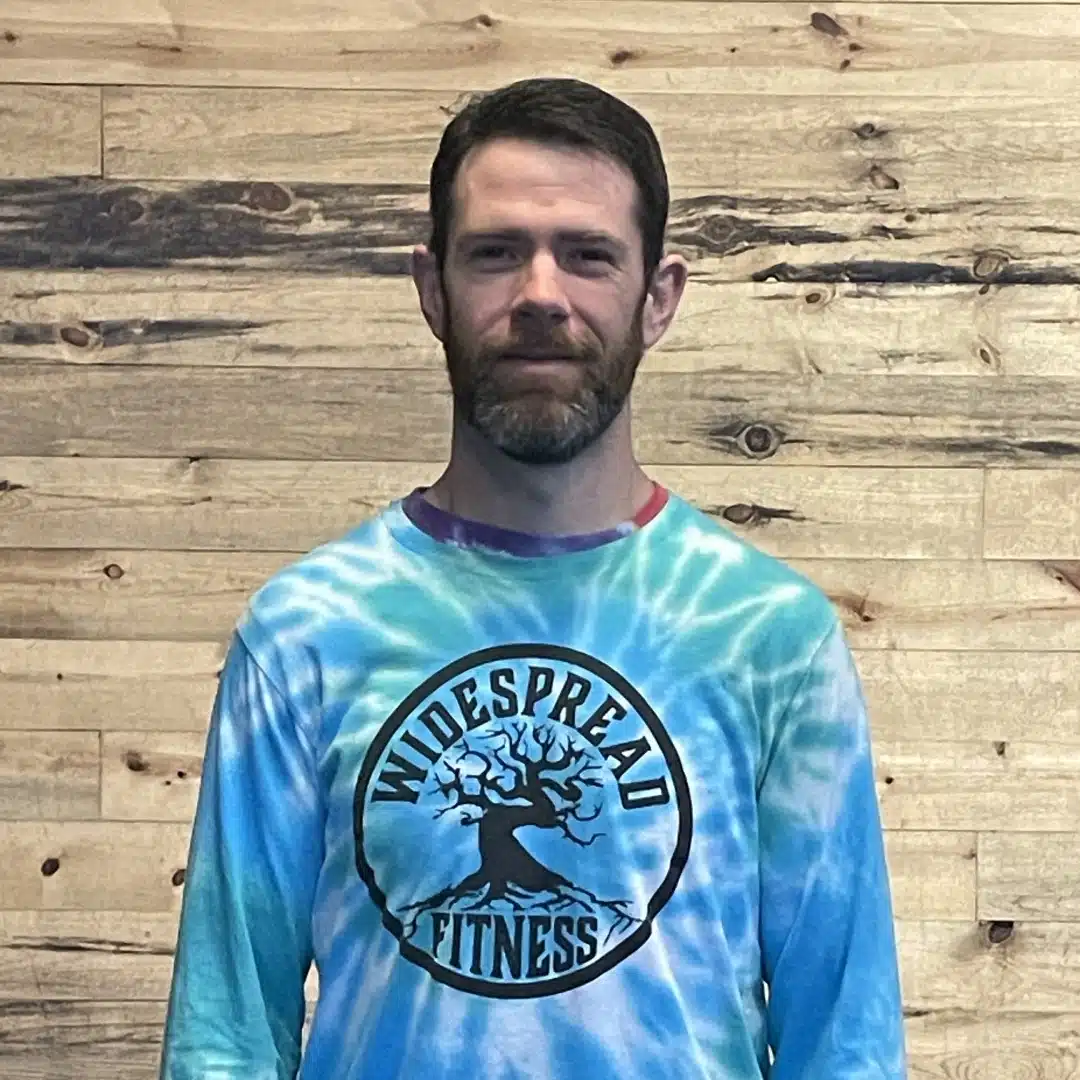The truth about some of your favorite indulgences
When you’ve gotten into a consistent fitness routine and finally started to feel good about the healthy choices you are making you tend to adopt a few new favorite foods along the way. At the top of the list for many folks are coffee, wine, and bacon. These foods are dietary staples in the fitness community and seem to fall somewhere in the category of “not bad enough to worry about and maybe even good for you.”Obviously with this kind of grey area it’s worth taking a deeper dive into the health benefits and potential pitfalls that can occur when eating these favorite foods.
Coffee
More than 450 million cups of coffee are consumed everyday in the united states alone. Coffee also happens to be the world’s number one source of antioxidants due to widespread consumption and high levels of polyphenols and hydrocinnamic acids. Despite its amazing capacity to fight free radicals in our body most people reach for a “cup of joe” each morning for one reason only. That energizing boost of energy from it’s high caffeine content.
Caffeine has become a huge catalyst for many of us to have a productive start to our day. For some of us taking one day without it and WHOA, watch out! Caffeine is also a popular beverage choice before a workout due to the increase in focus, energy, and alertness that make us feel ready to perform. Caffeine has even been shown to reduce pain associated with exercise making it a truly powerful training partner. Caffeine may also create a more favorable environment in the cells of muscle tissue that facilitate force production.
It also turns out that a cup of coffee can be beneficial post workout as well. When we exercise our bodies utilize glycogen, a form of glucose stored in our muscles, as a fuel source. In one study it was observed that athletes who consumed caffeine with carbohydrates after exercise had 66% more glycogen in their muscles 4 hours later. This significant boost in glycogen storage means you have set the tone for success in your next workout in terms of available energy.
Challenges arise when the quantity and timing of caffeine consumption begin to interfere with rest and recovery. Caffeine has been shown to interrupt sleep even when consumed 6 hours before bed time. Individual caffeine sensitivity can vary from person to person so you need to really listen to your body.
Wine
Red wine has long been touted as “heart healthy” and the best choice if you do wish to drink. However if you are a competitive athlete, trying to build muscle, or on a mission to lose fat there really isn’t much of a place for alcohol in your diet. After all, alcohol is merely empty calories (it will only contribute to fat gain, not lean muscle growth) and interferes with sleep, testosterone production, and puts extra wear and tear on your already busy liver. If you do find yourself in a situation where a drink is fitting, red wine tends to be a better than cocktails and heavy beers when it comes to calories and sugar.
What about the heart health benefits and antioxidants in red wine, don’t those make a glass worth it a few times a week?
Yes and No. And mostly no…
The link between red wine and heart health is still unclear and a positive correlation between the two has not been found. Red wine also doesn’t seem to perform better than other alcohols in its effect on cholesterol and heart health. Some of the hype around red wine comes from its resveratrol content. Resveratrol is a polyphenol found in the skins of grapes. It is possible that resveratrol reduces LDL levels and prevents blood clots. Unfortunately to consume high levels of this nutrient means drinking more alcohol and creating other potential health problems. Resveratrol supplements may not be absorbed that well so look for other good sources in foods like blueberries, peanuts, and plain old unfermented grapes!
Bacon
Bacon. Crispy. Crunchy. Delicious.
Is there any dish that can’t be improved by its presence?
Bacon may be the most controversial and beloved food in existence. In the wake of the paleo dietary movement and a shift in the way our country views dietary fat intake bacon has become the “little cheat food that could” for folks in the fitness community.
Bacon is made from pork belly and contains high levels of both monounsaturated and saturated fats. Bacon contains the monounsaturated fat oleic acid which is found in other healthy fats like olive oil. Saturated fat, long considered a culprit of heart disease actually plays an important role in our body’s signaling mechanisms. The ratio of different fats in the diet, genetics, and lifestyle choices all contribute to how much saturated fat we can consume for our optimal health.
So it turns out that bacon may not be so bad for you after all, but you have to be choosy. You have to consider the quality of the pork and the processing it undergoes during the curing that transforms bacon into the product we all know and love. The process generally involves curing the cuts of pork belly with salt and sugar and then the application of heat through a smoking process. There is also generally the application of some form of nitrates or nitrites to help preserve quality and appearance of the bacon.
For starters when you select your bacon product focus on where the pork came from and how it was raised. The tops brands will be pasture raised or humanely raised and organic is definitely an appropriate choice for this food. Next you will want the ingredients list to be short and not too sweet. That means pork, water, sea salt, and a small amount of sugar in the form of brown sugar or maple syrup. If you see a long list of preservatives and words you don’t recognize steer clear.
Finally some brands will use different sources of nitrates, even if the brand claims to be nitrate free it will often contain an ingredient like celery powder which has naturally occurring nitrates. Nitrates can convert to a carcinogenic compound known as “nitrosamines” under high temperatures. If you like your bacon crispy and brittle then you increase the chance of consuming these compounds. No fear, our body blocks the effects of these carcinogens in the presence of Vitamin C so grab a slice of orange or grapefruit with your bacon to play it safe!
Follow these guidelines and you’ll be sure to enjoy your “healthy” vices in the most appropriate ways possible. If you have questions about nutrition and how other dietary and lifestyle choices are affecting your training it can help to discuss them with a qualified coach who is experienced with nutrition as well.










